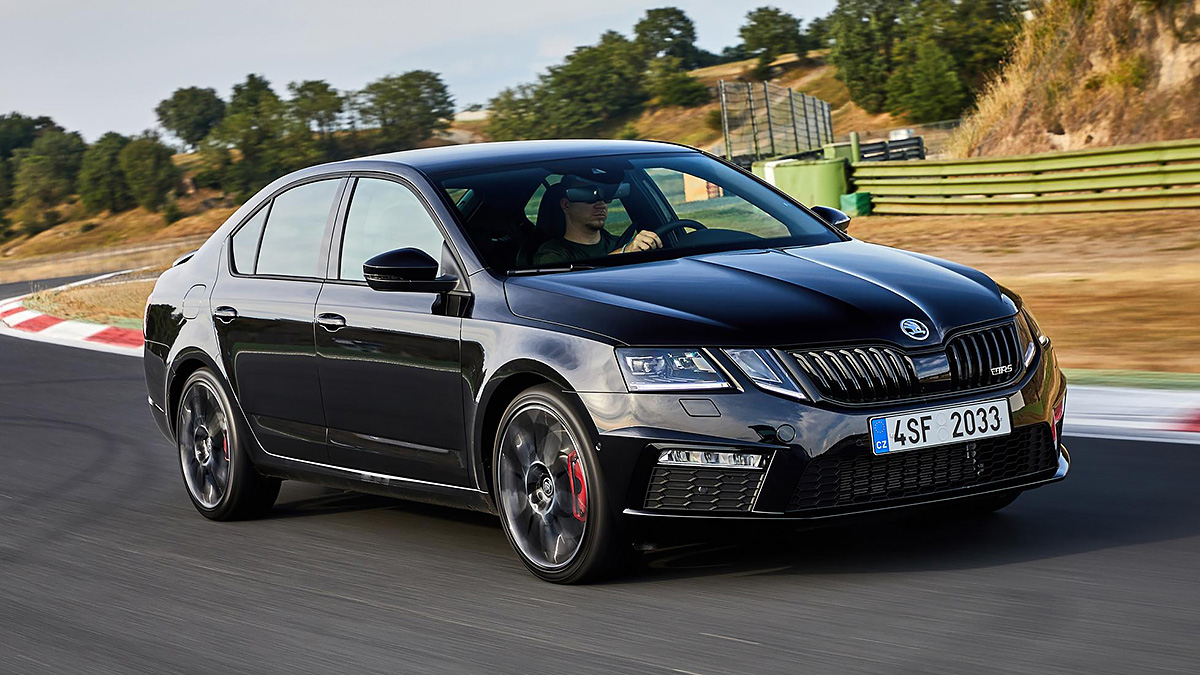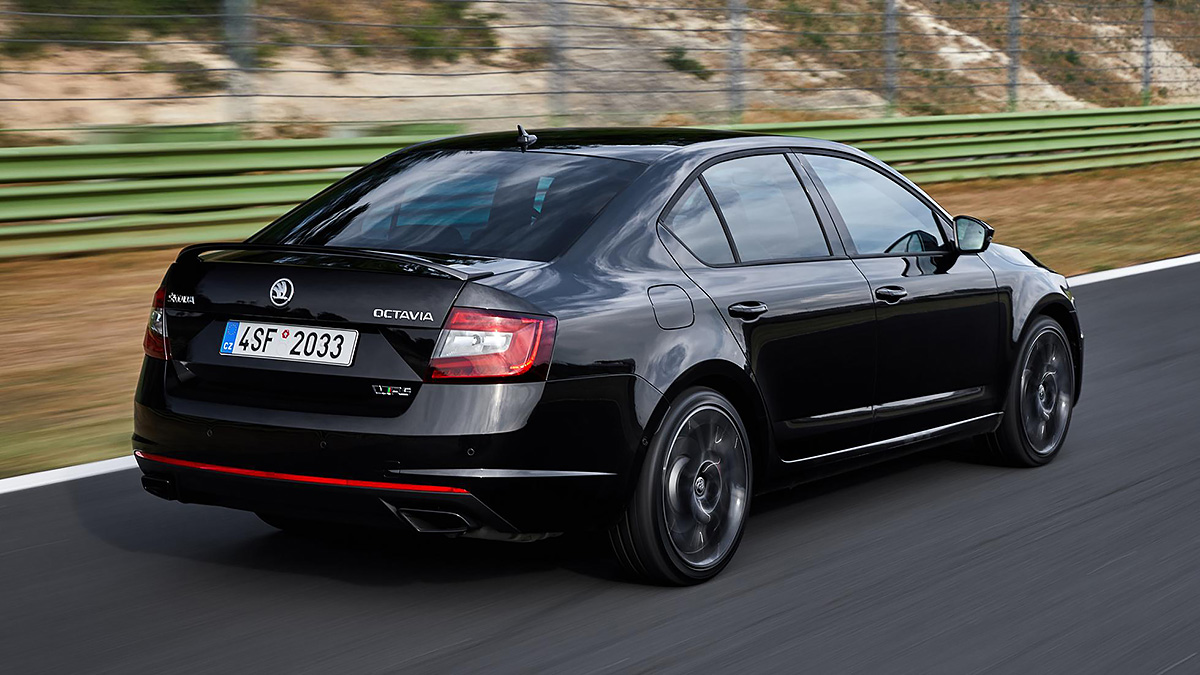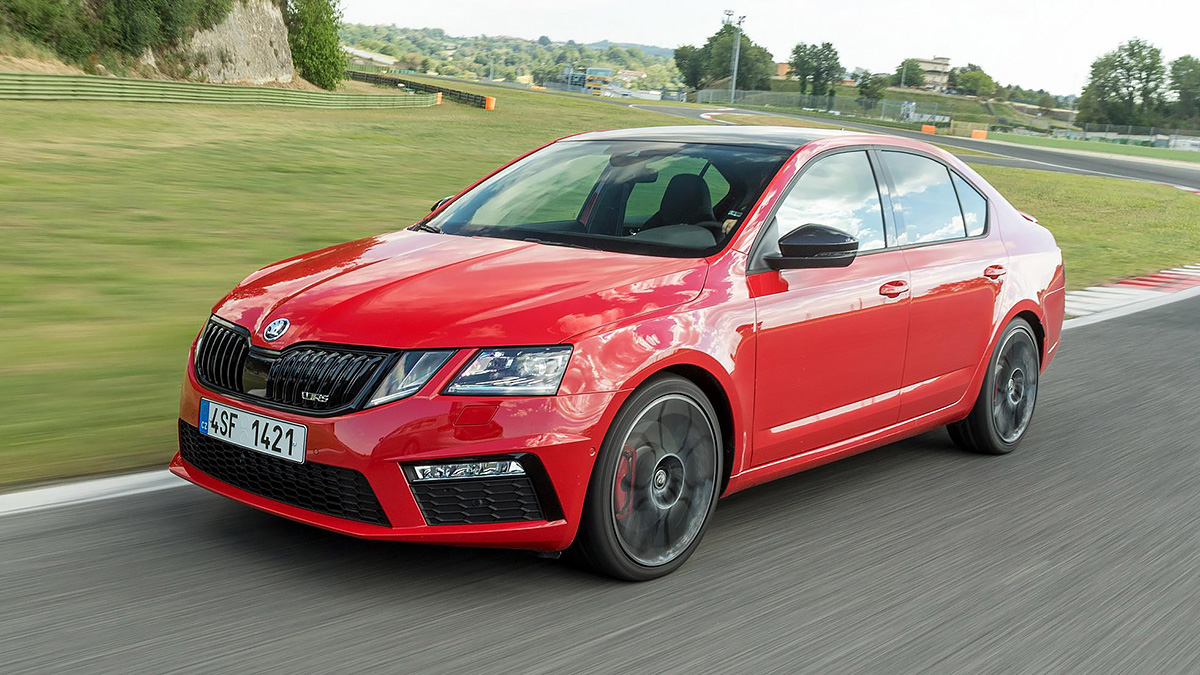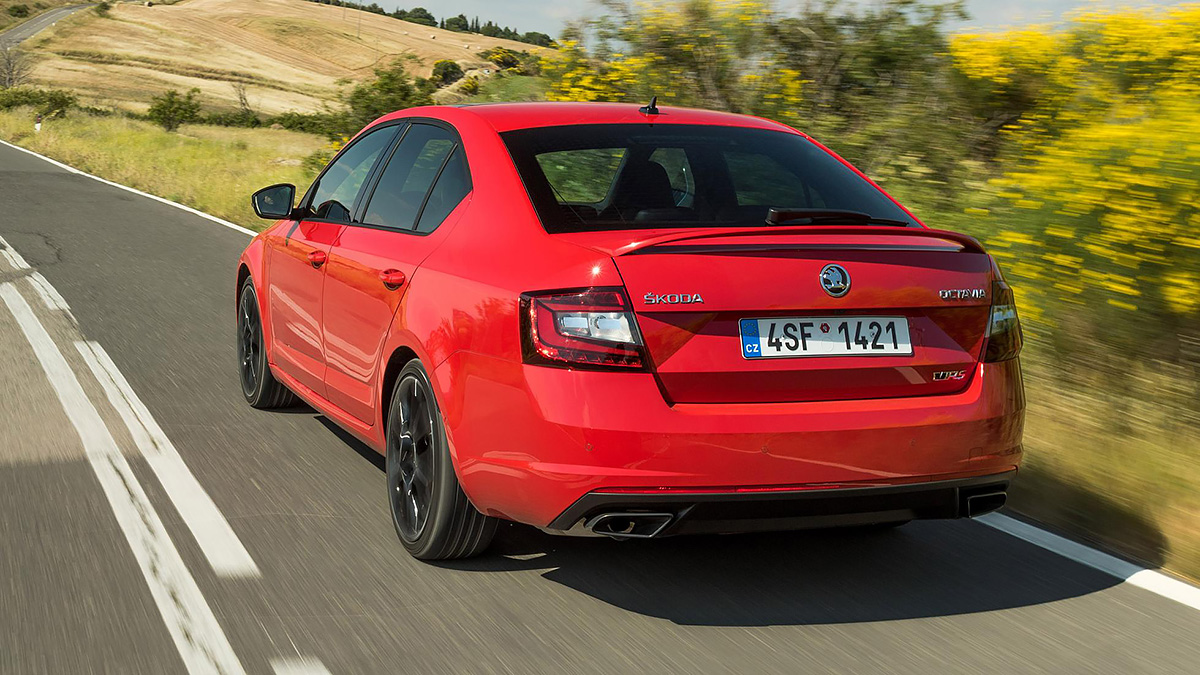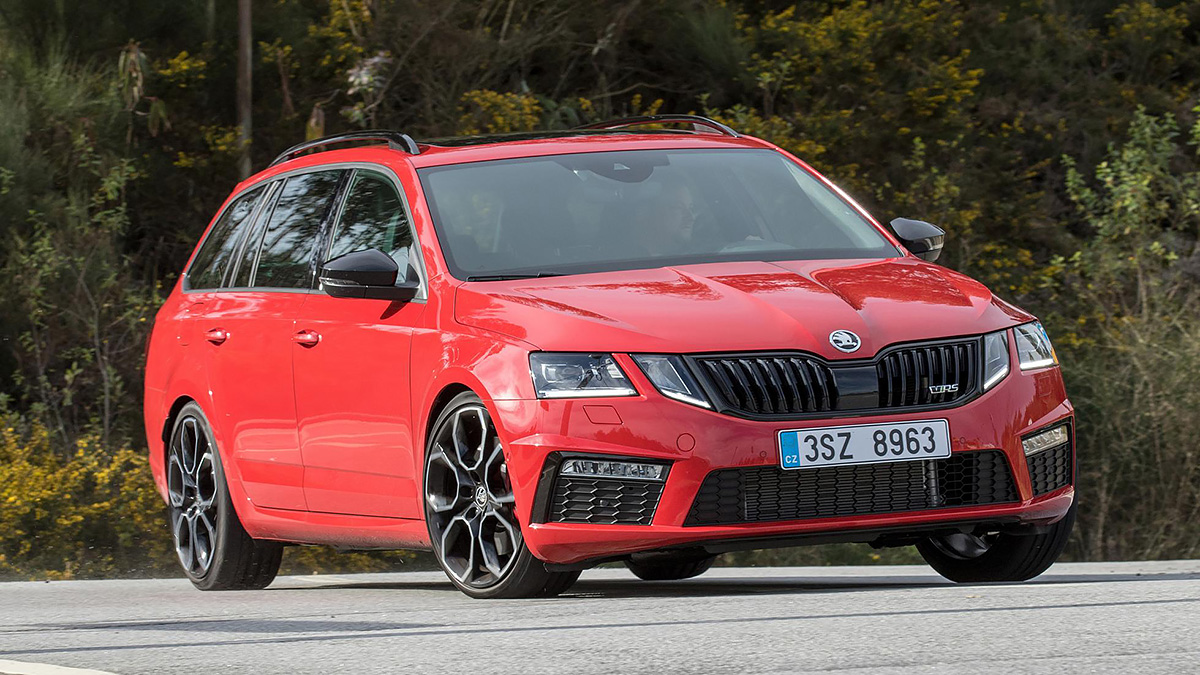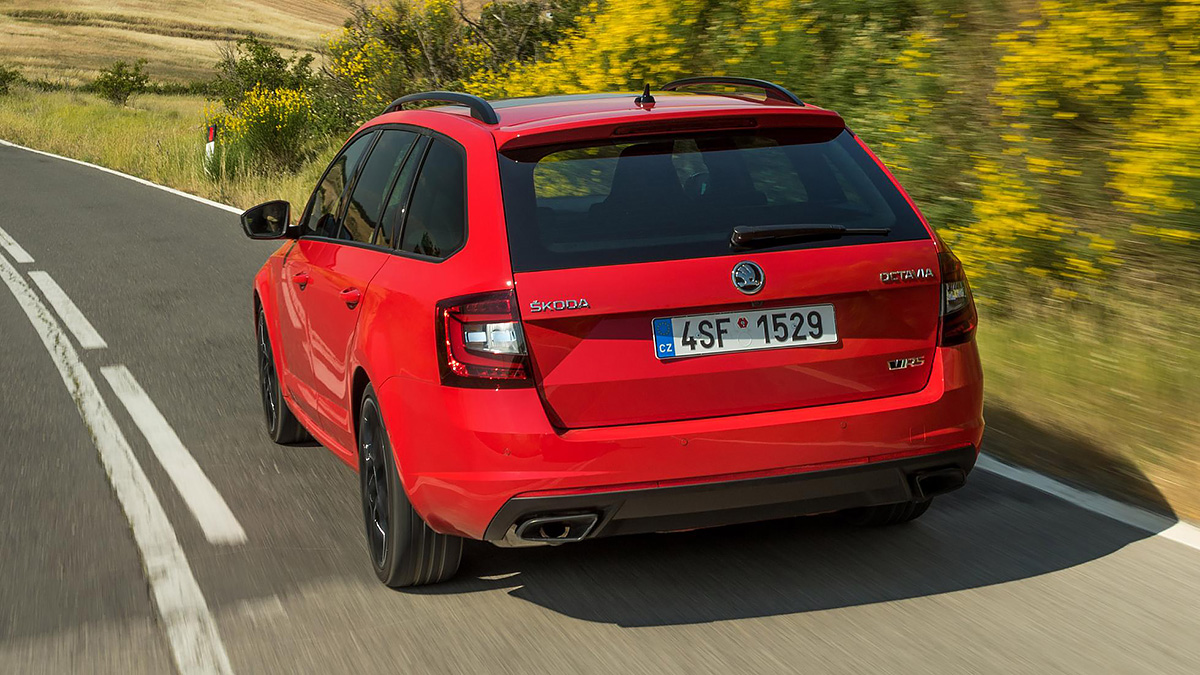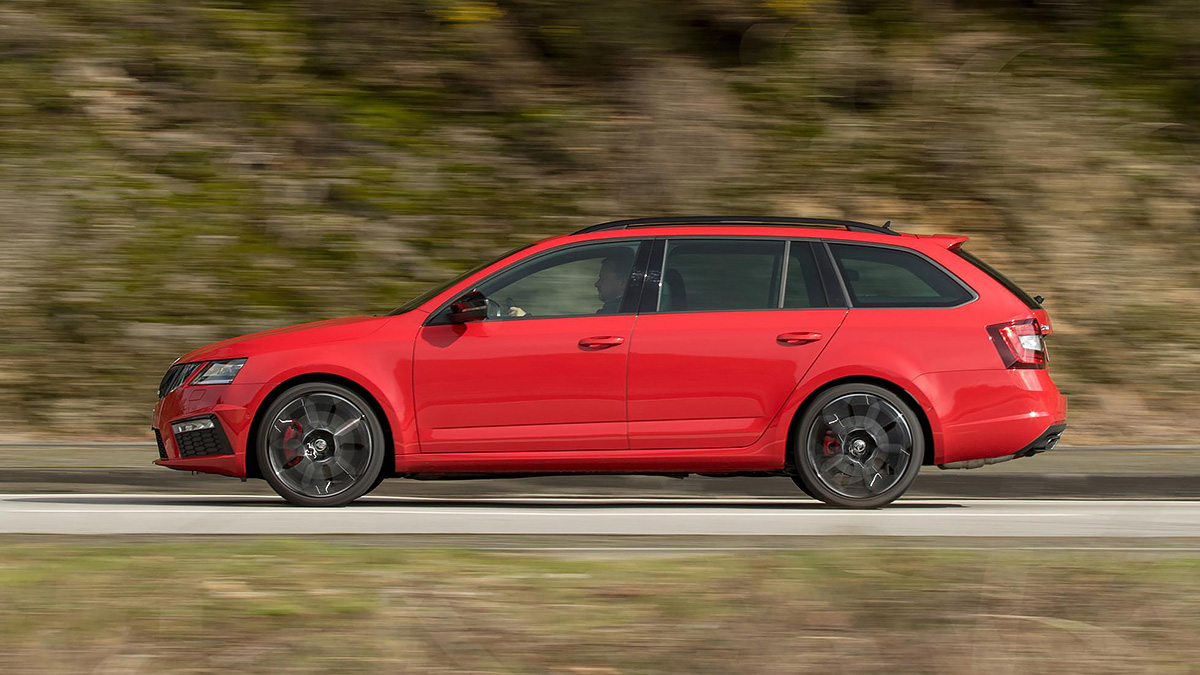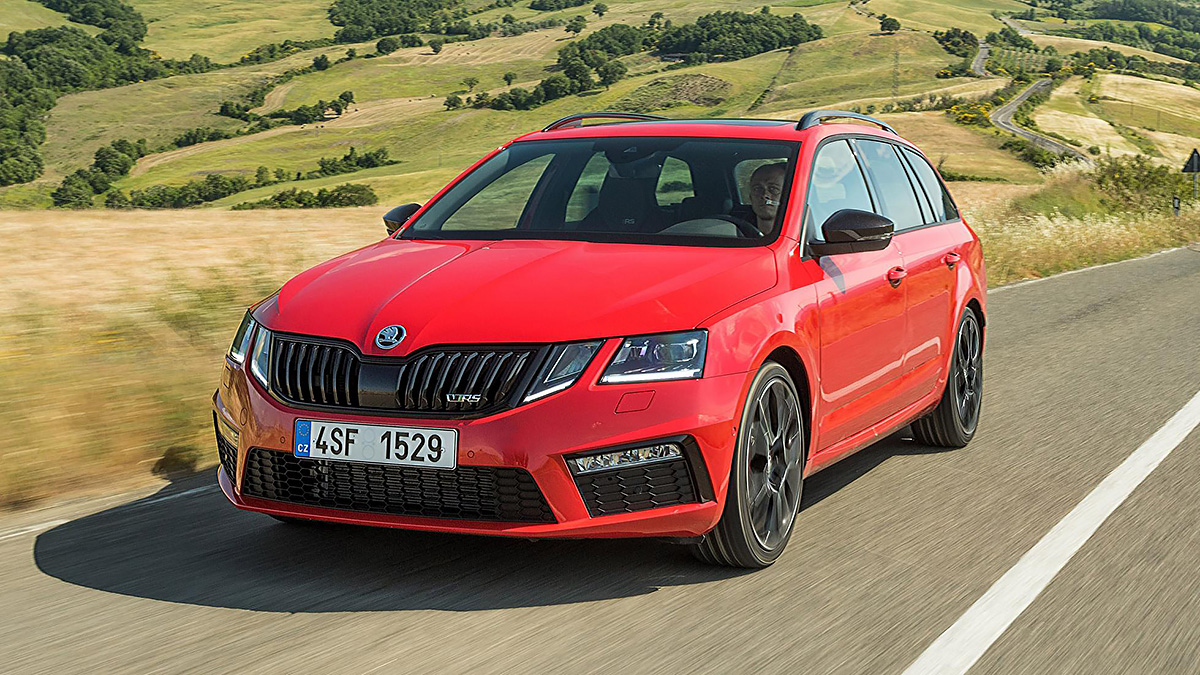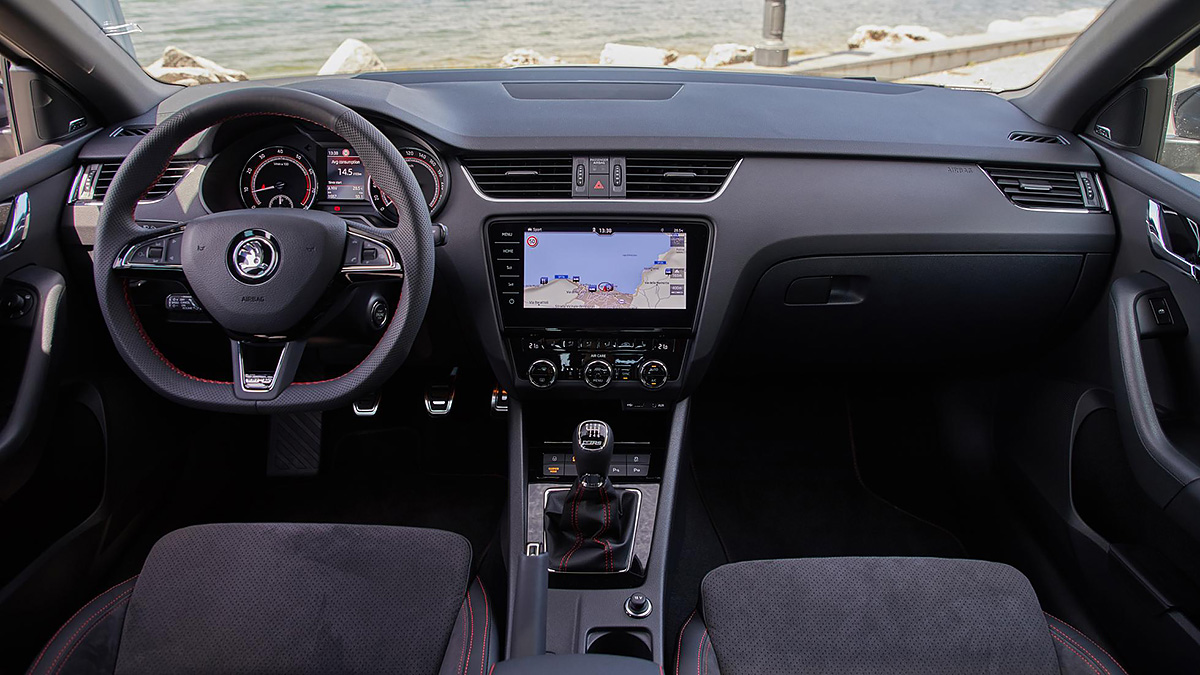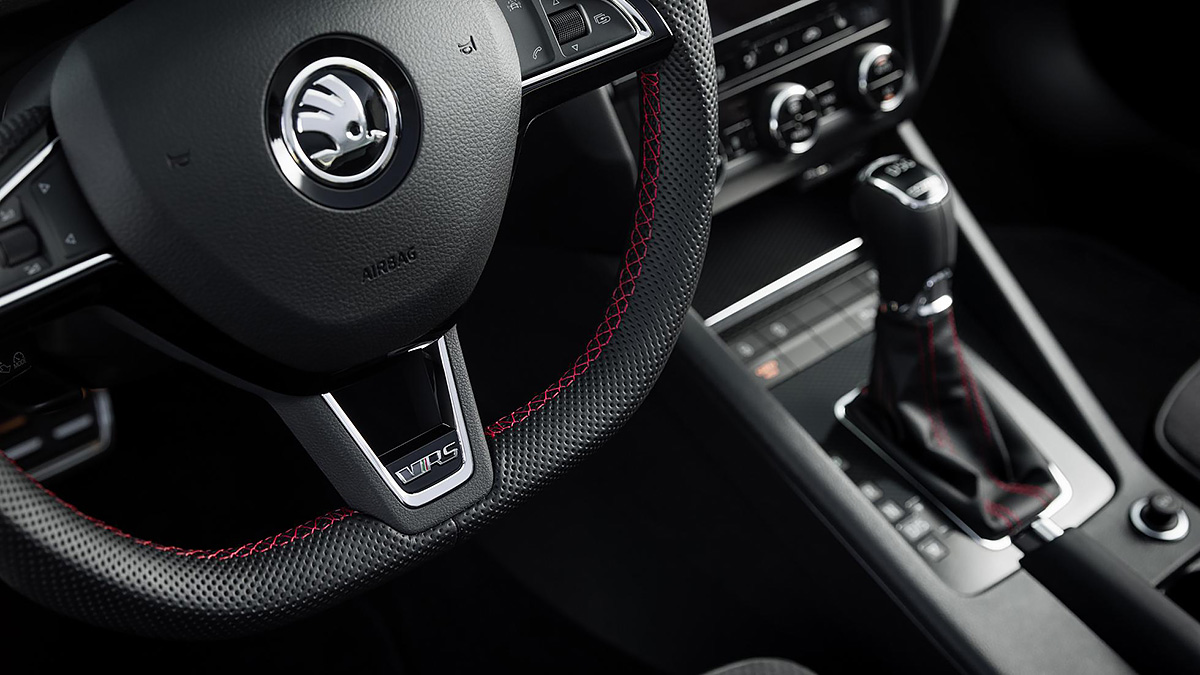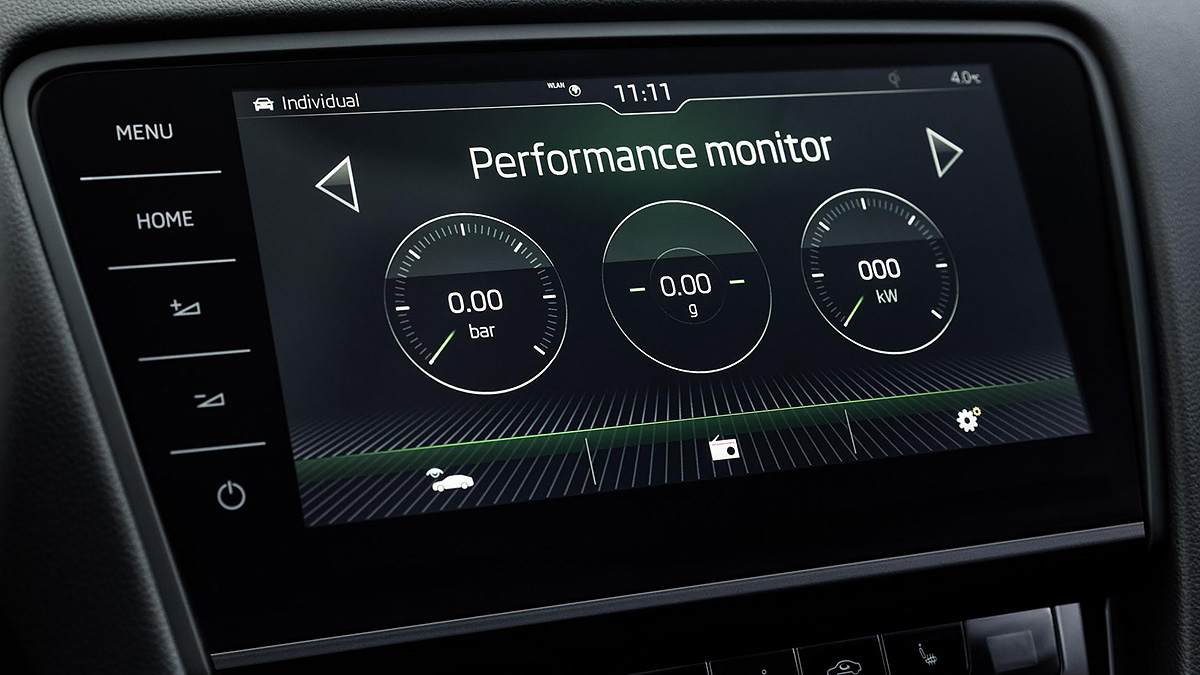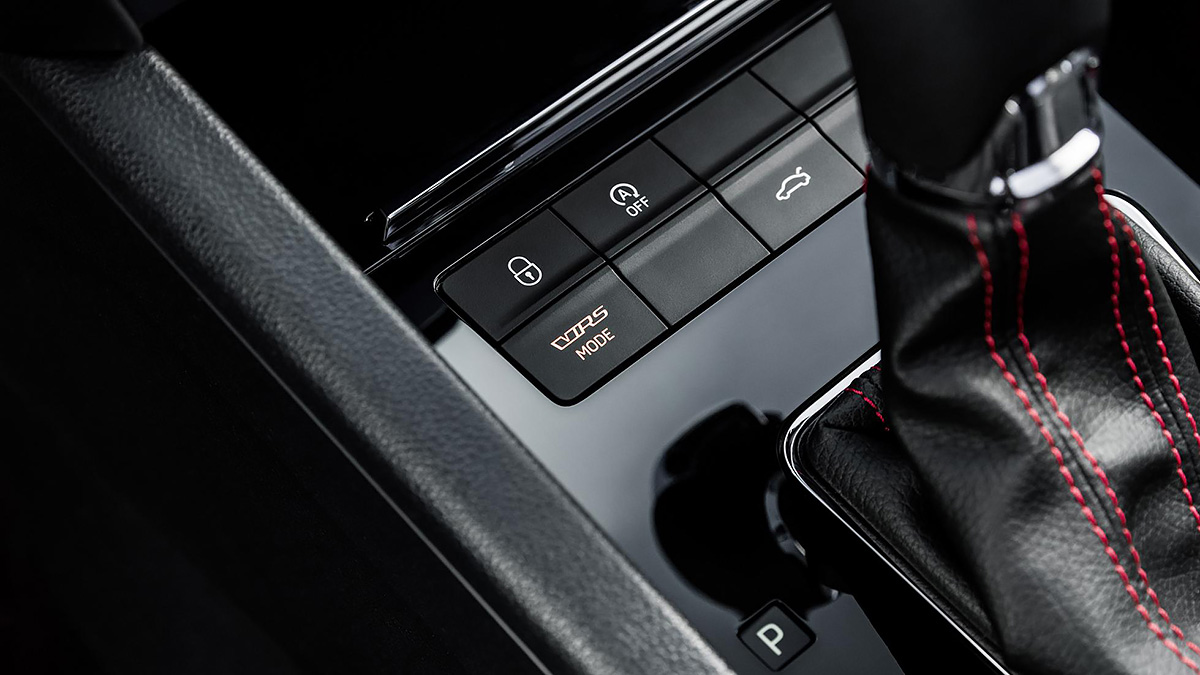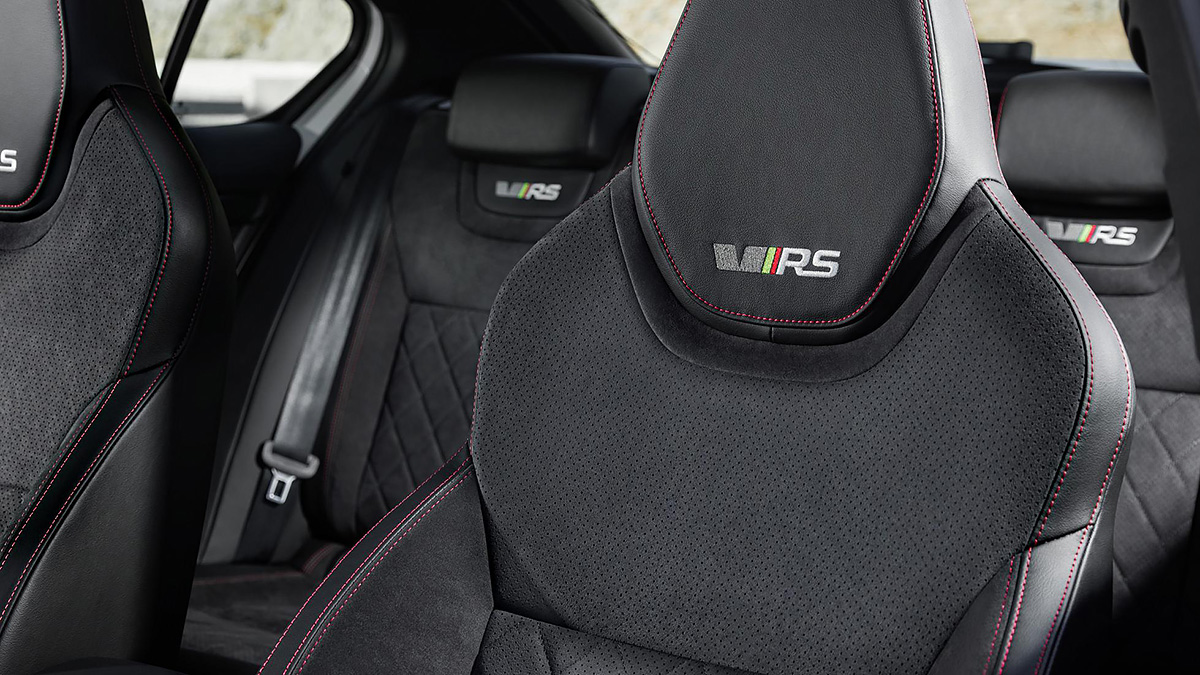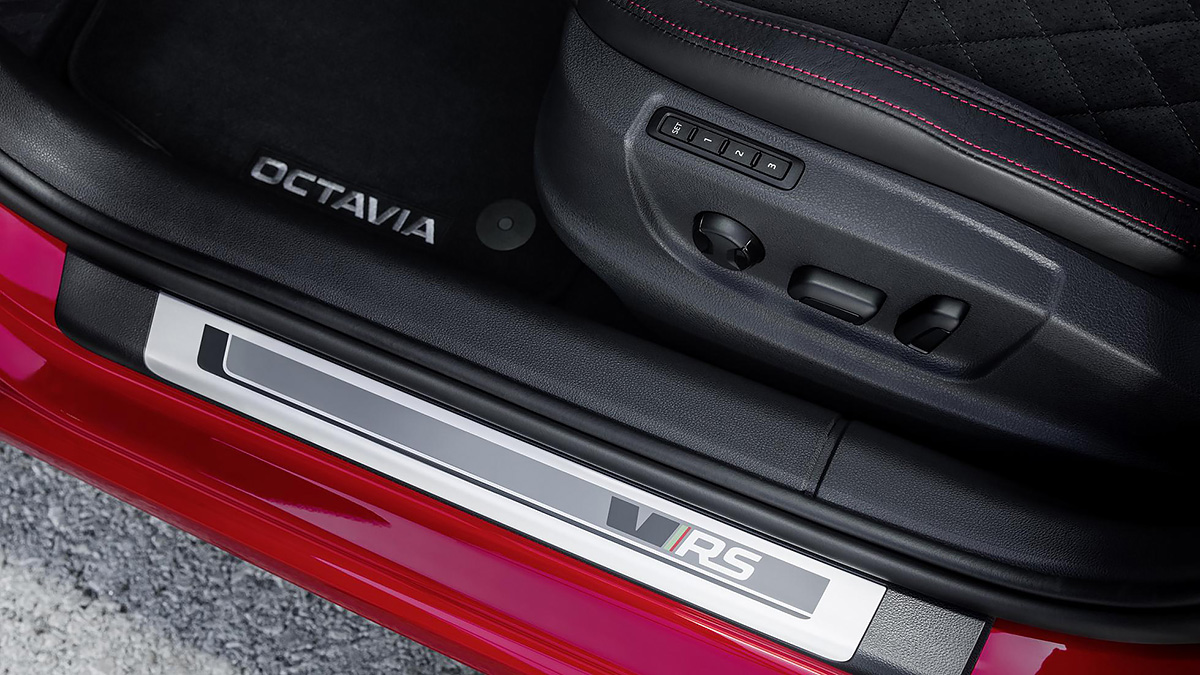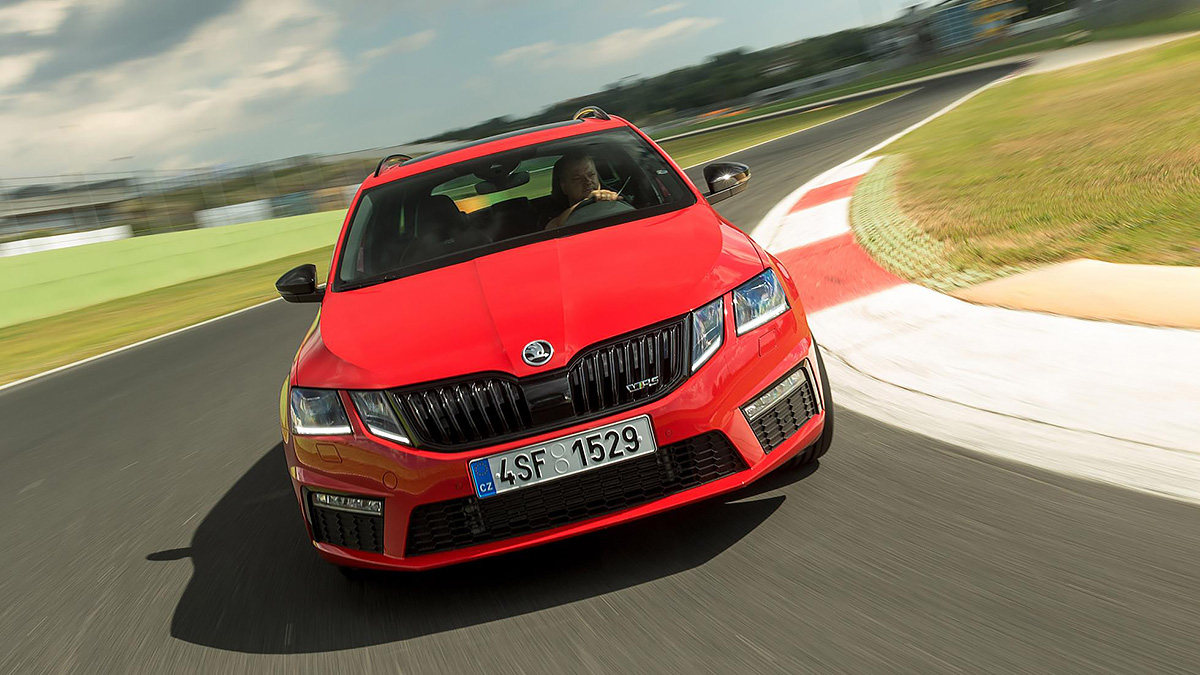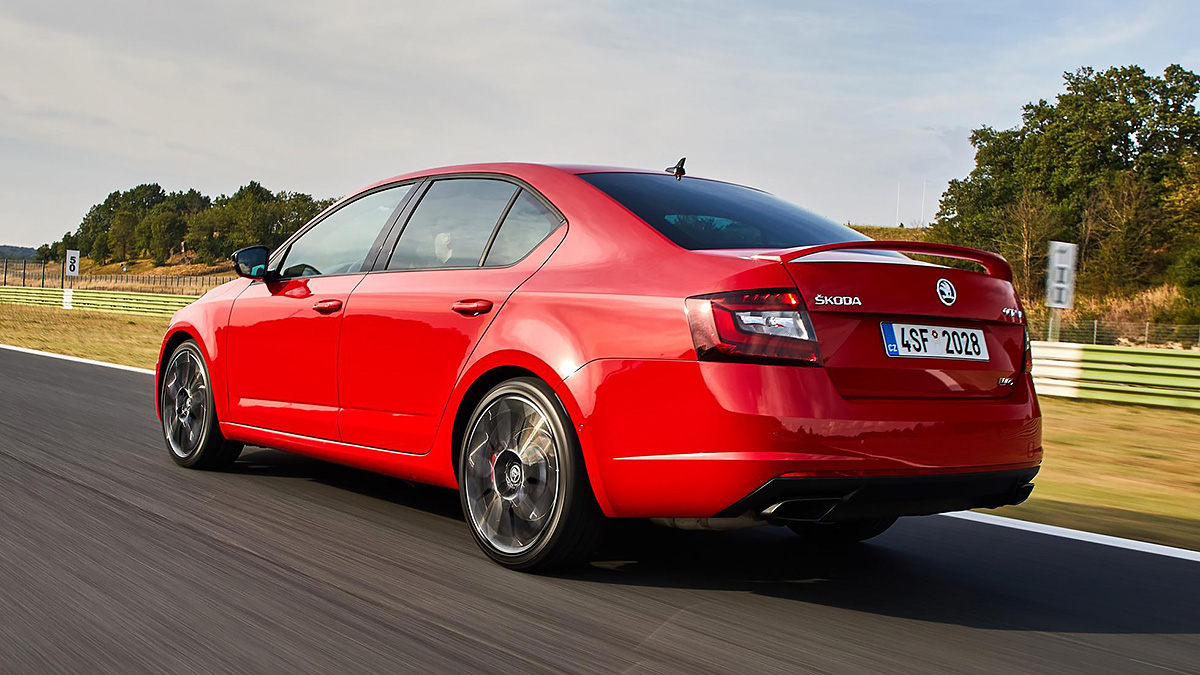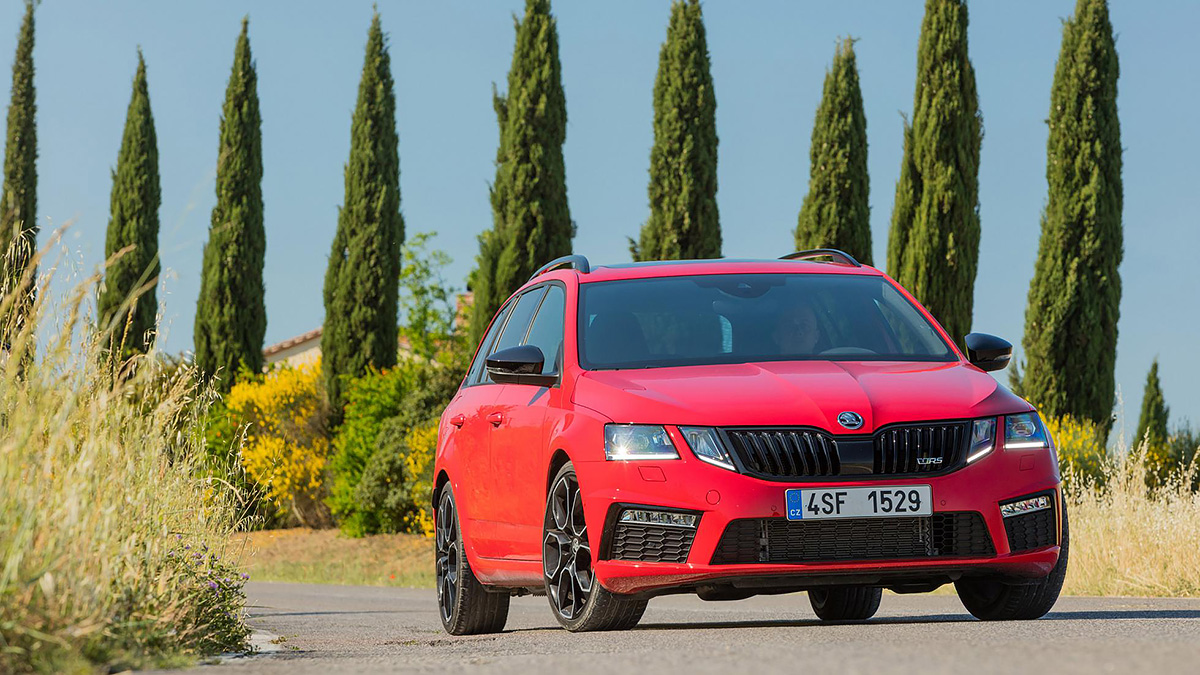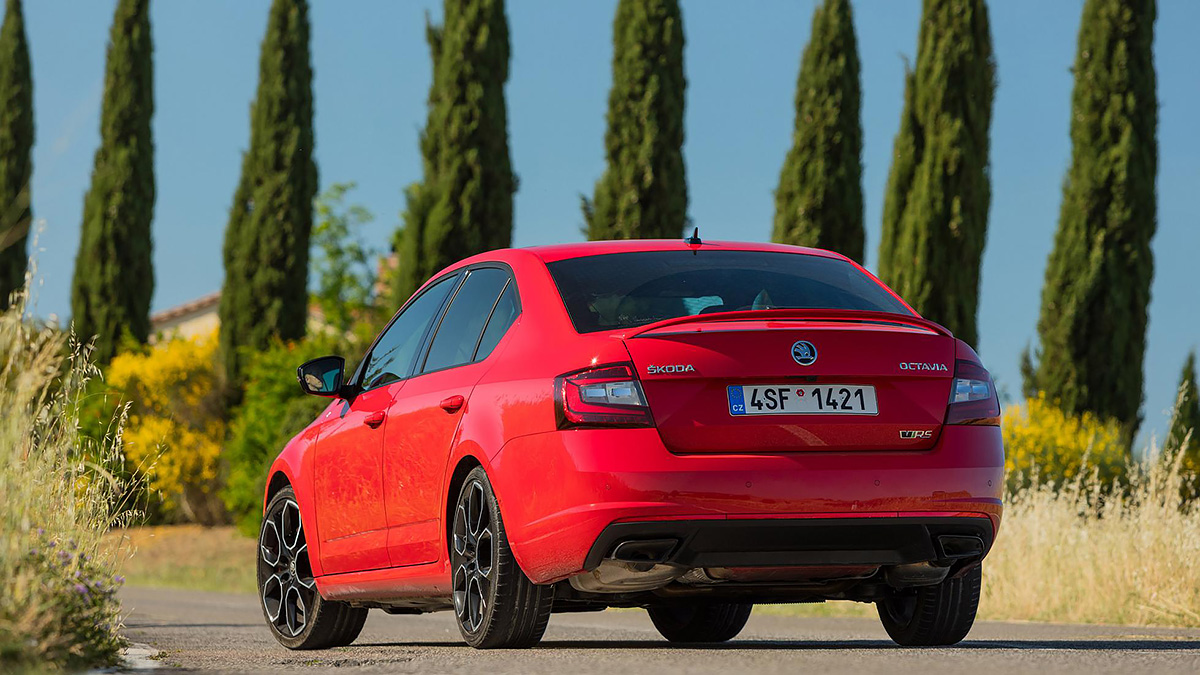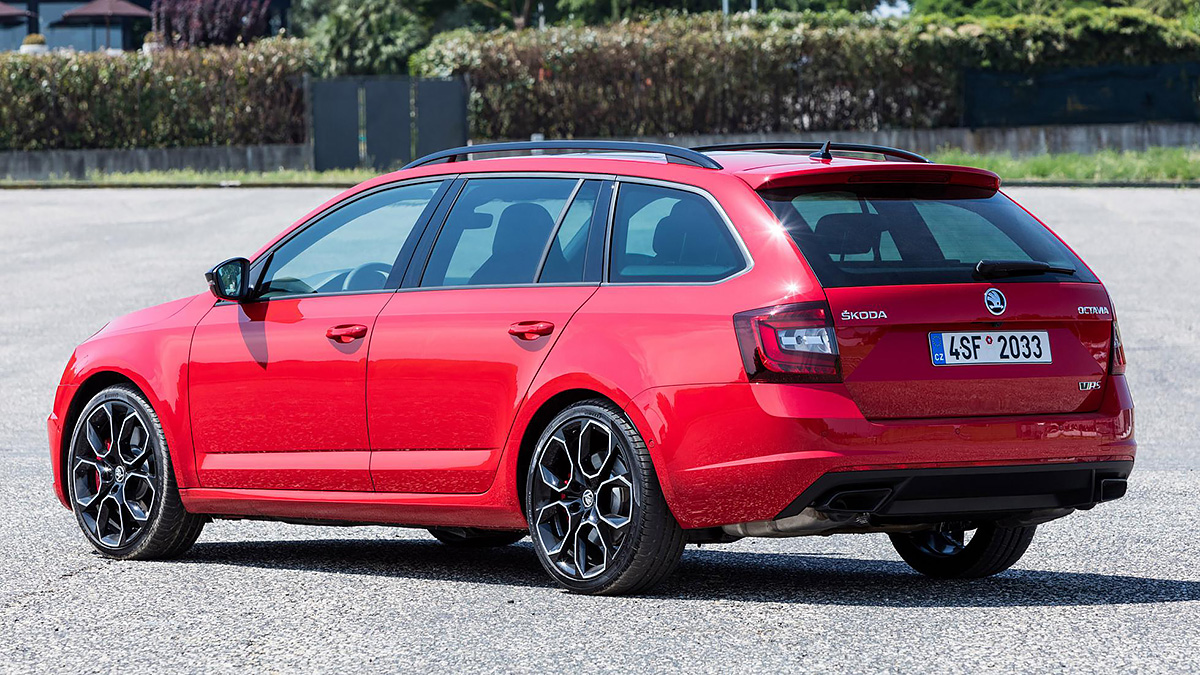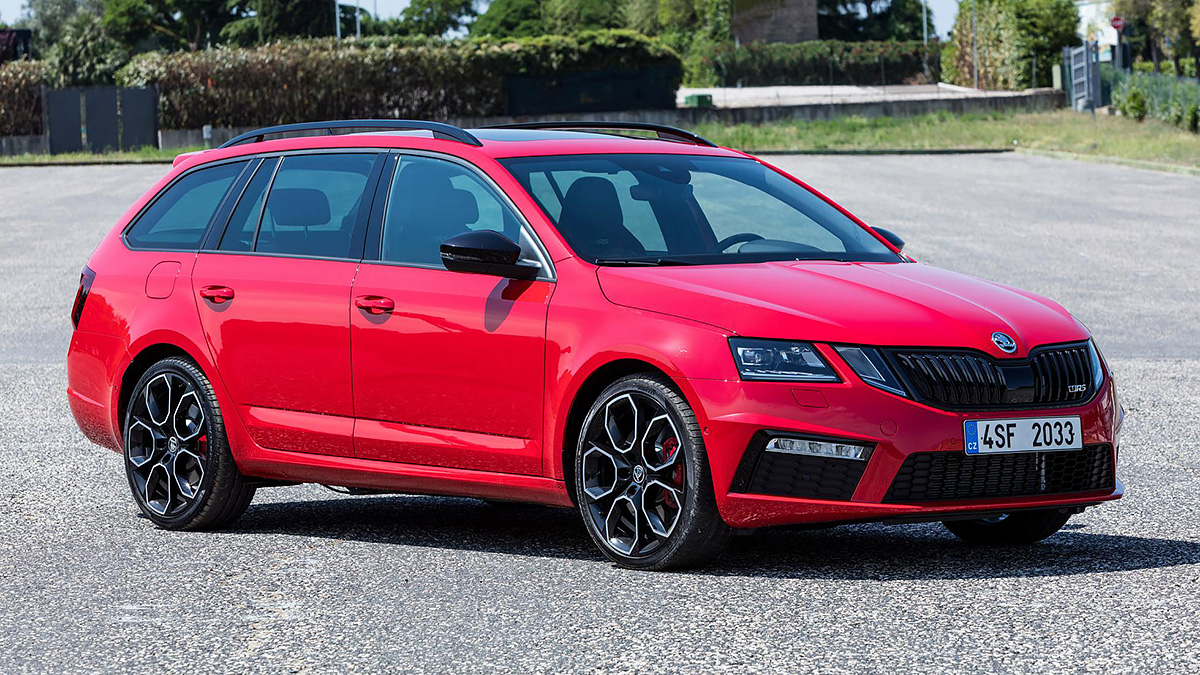Skoda Octavia vRS 245 review: most powerful vRS yet

Is this a new Skoda Octavia?
It’s the Skoda Octavia vRS 245, the latest hot hatch and estate version of the Octavia, and the most powerful and focused yet. At its heart is a choice selection of components from the VW group’s performance toy box.
If you want a petrol-powered hot hatch from the VW group, you can currently have five different power outputs, ranging from 227bhp to 396bhp. Those span hatchbacks, saloons and estates with front- and four-wheel drive.
With 242bhp, front-wheel drive and a £27,595 starting price, this one slots in at the lower end of things.
So why would I choose it?
Value is its first asset. It costs around £2,000 more than the basic petrol Octavia vRS 230, but adds a number of things, not least an additional 15bhp. You get inch-bigger 19in alloys, loads of gloss black exterior trim, Alcantara interior trim and heated electric seats. Mechanically, there’s a new sports exhaust and an electronically controlled differential for the driven front wheels. For those who like driving, that’s the most crucial difference over standard.
In bald figures, it’s only marginally quicker than its base car. Its 6.6sec 0-100kph time is 0.1sec better off than the vRS 230, while its 250kph top speed is identical. In theory, though, that diff will make the 245 a more satisfying car to drive quickly.
Choosing a vRS 245 over the 230 is effectively the same choice VW Golf GTI buyers make when they spec its optional Performance Pack; the Octavia’s engine and diff are the same, yet a five-door vRS 245 is over £2,000 cheaper than a five-door GTI Performance.
Is it like the GTI to drive?
Yep, it’s very similar. While it’s the hardest cored vRS yet, it’s still a rung below a proper GTI Clubsport-like transformation. It remains a fast hatch and estate with practicality high on its to-do list.
That doesn’t mean it’s not fun. The 2.0-litre four-cylinder turbo engine has the same boisterous mid-range as always, and the new sports exhaust adds a tangible hint of drama to acceleration. It’s also as sharp to turn into corners as ever.
The steering isn’t particularly abundant in feel, and when you press the ‘vRS’ button – which puts the engine, suspension and diff in their sharpest settings – it gains lots of unnatural weight.
But pop the car in its individual mode – tailoring it to match softer suspension and lighter steering with the most potent engine and diff settings – and you have an effortless and fun car to blast along a back road in. It’s grippy and secure at all times.
It’s firm, mind. Those larger wheels seem particularly vulnerable to the impact of potholes and badly surfaced roads. The car is surefooted, and isn’t upset or knocked from its line by large bumps, but ride comfort suffers. Even when you’ve set the suspension to its ‘Comfort’ mode.
And how’s the diff?
On the road, the effects of the new differential aren’t always obvious. You have to really commit to a corner to feel its benefit as you power out of the other side. On a track, it makes the Skoda relatively sharp for a large front-wheel-drive car, but this isn’t a monstrously effective diff setup like you’ll find in a RenaultSport Megane.
Get really greedy with the throttle out of a corner and there can still be wheelspin, triggering the stability control which then cuts power just as you’re craving it. More measured use of the throttle makes it a much sweeter car to drive, but you still need to treat it as a front-driven car with a reasonable amount of power and torque. The diff doesn’t work magic here.
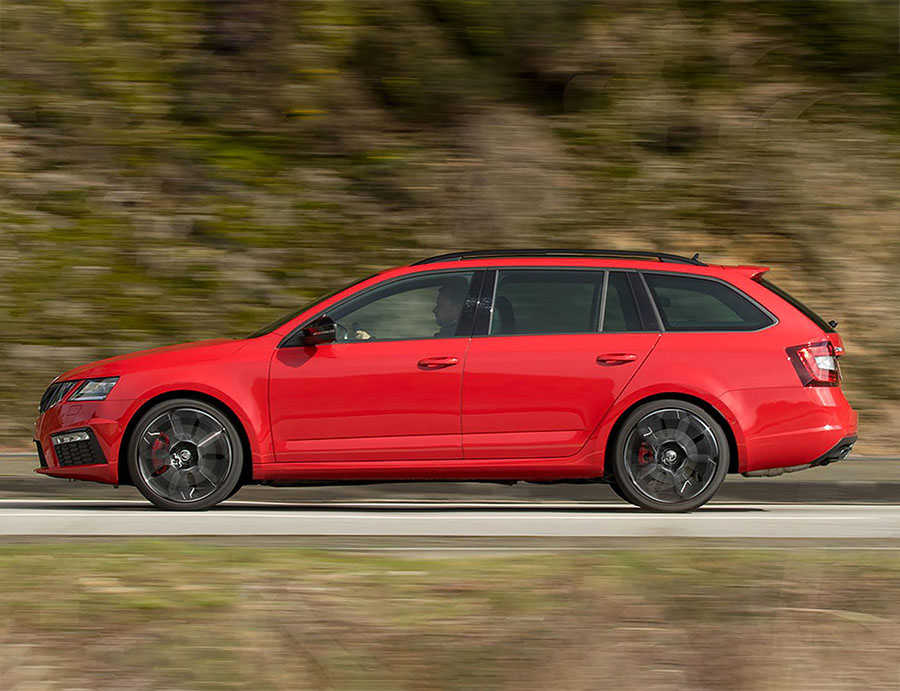
Anything else of note?
You’ve a choice of hatchback or estate bodies, which are all but identical to drive. They have the same wheelbase and very similar lengths and weights. Given Seat and VW’s fast petrol estates are four-wheel drive and automatic only, the Skoda – with front-drive and a choice of manual or automatic gearboxes – has a bit of a USP.
While the six-speed manual is strong, and provides welcome interaction with the vRS, the auto is especially impressive. It’s the first vRS to get the latest seven-speed version of DSG (the base vRS 230 has six speeds) and while it’s not perfect – it’ll upchange for you at the redline even when you’re using the paddles in manual mode, for instance – it provides extra flexibility to a car that’s versatile at its very core.
Indeed, think of this as a large family car with a pleasingly sporty edge when you want it, and the vRS 245 is a success. We’ve always liked the petrol vRS more than the diesel, and the extra power and diff make this the petrol of choice if you’ll be enjoying the Octavia when it’s empty of kids and their paraphernalia.
It’s not the sharpest or most powerful of the numerous VW group hot hatches, but short of a Golf R estate – which costs £35,300 – this may be the one with the broadest range of talents. It’s certainly the most practical.
